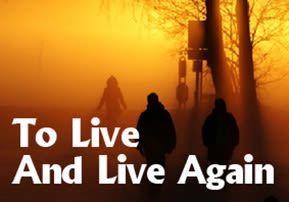
To Live And Live Again
Breslev Israel is delighted to host this wonderful series that tells about one of the most intriguing and misunderstood concepts in the Jewish religion – the revival of the dead.

edited by Uri Kaploun
An Overview of Techiyat Hameitim (Revival of the Dead)
The Revival of the Dead – Part 1
“You who repose in the dust: Awaken and sing joyful praises!” (Yeshayahu 26:19)
Editor’s note: At some point very early in life, each of us becomes aware of how narrow the range of our vision inevitably is. Just as our mortal eyes cannot look further back than the day we were born, they cannot see further ahead than a certain other day in our physical lifetimes. Little wonder, then, that whenever we encounter a word about that uncharted future from the mouth of one of our Sages, whose telescopic eyes (so to speak) have been shown its secrets, every such teaching is precious. Besides, for many Jews today, the Talmudic phrase hilchesa diMeshicha (“a law for the Days of Mashiach”) no longer speaks of an era that is so far ahead that it becomes irrelevant and inconceivable: it speaks of an era that is just around the corner.
To Live and Live Again is a pioneering work. It was researched, written and annotated by Rabbi Nissan Dovid Dubov, emissary of Chabad-Lubavitch to the South London Jewish community, based at Chabad House, Wimbledon. Rabbi Dubov’s research gleans from the Tanach, Talmud, Midrash, Halachah, Kabbalah and Chassidus, and echoes the underlying harmony of these seemingly diverse disciplines as repeatedly demonstrated in the published talks and letters of the Lubavitcher Rebbe.
Author’s Preface
The thirteenth Principle of Faith enumerated by Maimonides is belief in Techiyat HaMeitim, the Resurrection of the Dead. Resurrection figures frequently in our daily prayers and is echoed in many of our daily customs.
Though Rabbinic literature abounds with references to this subject, few are aware of its details. Certainly for the English reader, many of the primary sources are not easily accessible. Hence the present work, an overview which ranges from the Scriptures to contemporary Rabbinic writings, and is based primarily on the published talks and letters of the Lubavitcher Rebbe, Rabbi Menachem M. Schneerson.[1][*]
The writing of this book forms part of the worldwide program of study about the Messianic era and thereafter, initiated by the Rebbe. It is the hope of the author that through the publication of this and similar works, we will all merit the coming of Mashiach and the Resurrection speedily in our own days.
I would like to close with a warm word of gratitude to Rabbi Yonah Avtzon, Uri Kaploun and Yosef Yitzchok Turner of Sichos In English for their loving attention to every detail, and to my wife for her constant support and encouragement in our joint shlichus.
Rabbi Nissan Dovid Dubov, Wimbledon, U.K., Rosh Chodesh Kislev, 5756 [1995]
Chapter 1 – The Belief
“I believe with perfect faith that the dead will be brought back to life when G-d wills it to happen.”[1]
Rambam’s Definition
In his Discourse on the Resurrection,[2] Rambam writes: “The concept of Resurrection – which is well known among our people and accepted throughout all its circles, and which is often mentioned in the prayers and Aggadic teachings and supplications (written by the prophets and the foremost Sages) with which the Talmud and the Midrashim are replete – signifies the following: The soul will return to the body after they have been separated [by death]. No Jew has disputed this concept, and it cannot be interpreted other than literally. One may not accept the view of any Jew who believes otherwise.
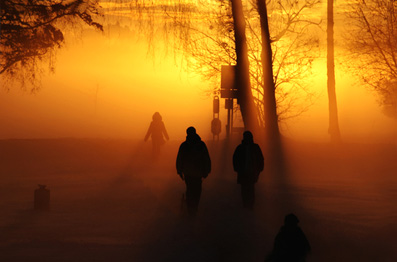
“As I shall explain in the present discourse: Why should we not interpret these verses [regarding the Resurrection] allegorically, as we have done with many other Biblical verses, departing from their literal meaning? The reason is as follows: The concept of Resurrection, namely, that the soul will return to the body after death, is expressed by Daniel[3] in such a manner that it cannot be interpreted other than literally: ‘Many of those who sleep in the dust of the earth shall awaken, some to everlasting life, and some to reproach and everlasting contempt.’ Daniel was likewise told by the angel,[4] ‘Now go your way to the end and rest, and you shall arise to your destiny at the end of days.'”
The Talmud[5] teaches that those who deny Resurrection will have no share in the World to Come, and Rambam in Mishneh Torah[6] rules that this teaching has the authority of Halachah.
To be continued.
***
Reprinted with kind permission of Rabbi Yitzchak Turner of www.sichosinenglish.org.
Notes:
1. (Back to text) This is the 13th and last of Rambam’s Principles of Faith, in the paraphrased form that many Siddurim append to the morning prayers. (In their original form, the Principles appear in the Rambam’s introduction to his Commentary on the Mishnah of Sanhedrin, ch. 10.) See also Maimonides’ Principles by Rabbi Aryeh Kaplan (N.C.S.Y.).
2. (Back to text) Maamar Techiyas HaMeisim, (also known as Iggeres Techiyas HaMeisim – Letter on the Resurrection), beginning of ch. 4.
3. (Back to text) Daniel 12:2.
4. (Back to text) Ibid., v. 13.
5. (Back to text) Sanhedrin 90a.



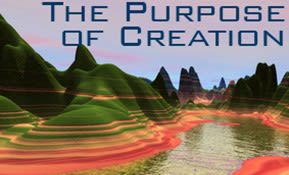

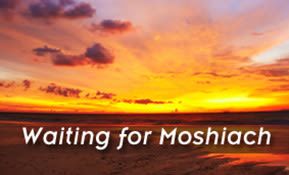
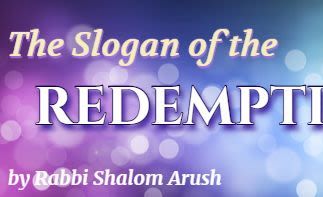

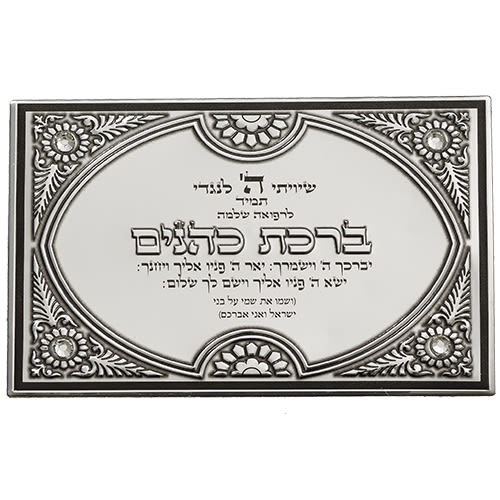



Tell us what you think!
Thank you for your comment!
It will be published after approval by the Editor.